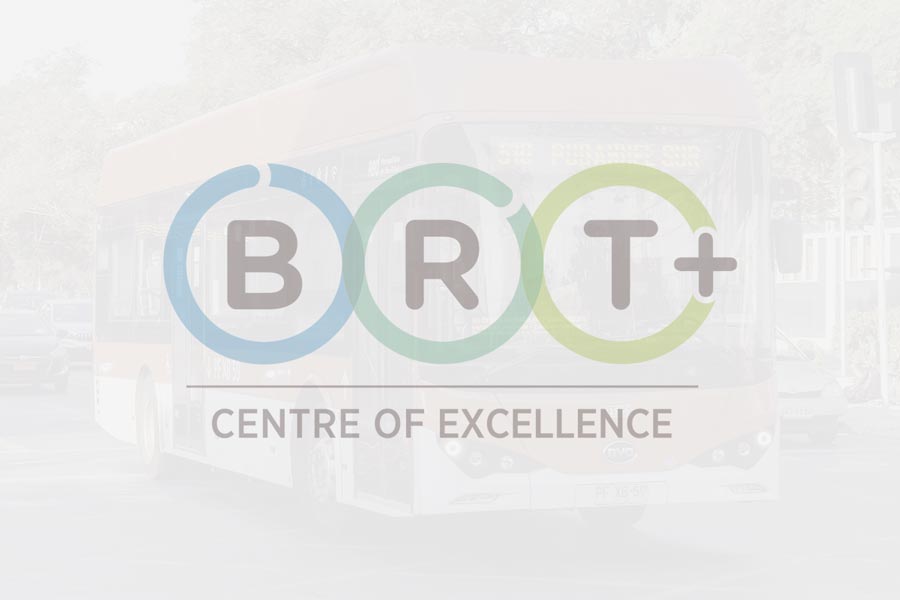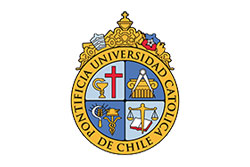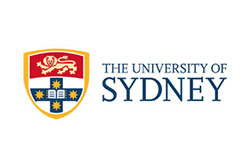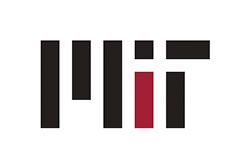Opinion Pieces: since 2007, Prof. David Hensher has written an opinion column in the Australasian Bus and Coach magazine, where he monthly discusses a lot of different transport-related hot topics. In this section we are revisiting these columns.
September 2011
This opinion piece may well turn out to be the most ‘influential’ piece I have written since we started the monthly series in October 2007. The careful selection of words is quite a craft and one that begs indulgence to have maximum impact. During the Emerging Crises Summit on Cities, Population, Climate Change and Energy titled Moving People Solutions for a Growing Australia in Parliament House, Canberra (July 6 2011), I was on a panel gazetted for Road Pricing Reform. The Chair decided that Road Pricing is a long way off in terms of political agendas (despite all the lip service), and that we should focus our panel discussion on themes where we believe governments might be interested, and where they could make a difference in public transport reform.
I (and Bob Carr, former Premier of NSW) was asked to identify one very specific initiative that government’s could support (especially Federal Government) that could make a real difference to improving the performance of metropolitan transport systems.
My response, almost as if it had been brewing for many years, was to “flood the market with buses”. I connected this response to my earlier question (Opinion piece June 2011) – How many buses could the NW rail project in Sydney buy? Allowing for extra drivers, which has significant employment benefits, the current 4,000 buses operating in the Sydney metropolitan area, could be increased to at least 12,000, a three-fold increase in service capacity.
In anticipation of a loud yell of disapproval, I anticipated what the response would be. Specifically, people have told me that this would create a crisis on the roads with horrendous traffic congestion consequent on buses mixing with cars and trucks. My response is simple and accurate – if the real drivers of getting people out of their cars and into public transport are connectivity (the door-to-door element of travel, including integrated seamless multi-modal ticketing), frequency, regularity and visibility, which most would agree are the key factors, then a 300 percent increase in the service capacity of buses spread throughout the metropolitan area (or at least in areas where we believe public transport can make a difference), must surely result is some noticeable modal switching from the car, with a consequent positive impact on traffic congestion.
Given the substantial three-fold increase in service capacity, if this fails to make a dent on car use and hence traffic congestion, then what hope is there for any public transport initiative (be it new infrastructure and or new service levels) to contribute to reducing traffic congestion? Surely the failure of this initiative would send a signal about the disconnect between building the NWRail project (as one example of spending a lot of money on one narrowly focused project given the needs of entire metropolitan areas) and what it will do as a narrow corridor-specific initiative in impacting on traffic congestion (which I personally believe it will have very little impact).
I suspect that many politicians would agree with me, but so few if any would say so.
Food for thought
¿Comments? ¿Opinions? ¿Similar News? Send them to us!













